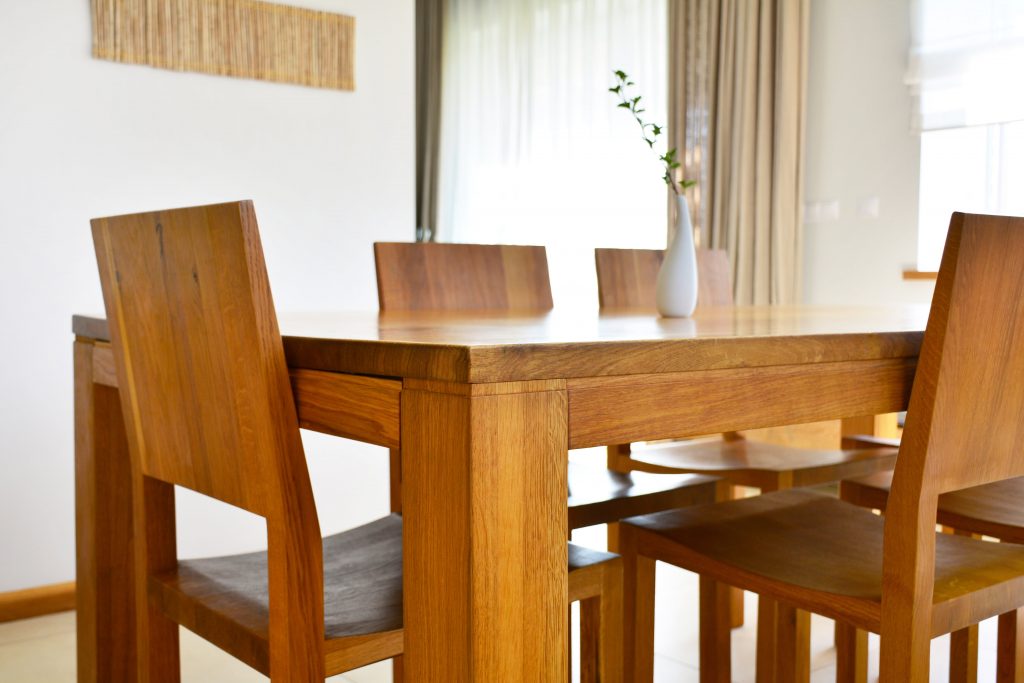Why Solid Wood Furniture is So Expensive

Wood furniture is an investment—not just because of its beautiful aesthetic, but also because the materials used to craft it are often costly and difficult to come by. From hardwoods like walnut, cherry, ash, and oak to tropical species such as teak, mahogany, and rosewood that require specialized harvesting techniques and have limited global supply chains—there are many reasons why solid wood pieces can be more expensive than their synthetic counterparts. But what exactly is behind this remarkable cost difference? In this post, we’ll explore some of the main factors that make solid wood furniture such a large financial commitment.
Why is Solid Wood Furniture More Expensive?
Solid wood furniture tends to be more expensive compared to furniture made from other materials due to several key factors:
1. High-quality material
Solid wood furniture is typically crafted from high-quality hardwood such as oak, cherry, walnut, or mahogany. These woods are known for their durability, natural beauty, and long lifespan. The cost of sourcing and processing these premium materials contributes to the higher price.
2. Craftsmanship and labor
Solid wood furniture is an embodiment of true craftsmanship that requires skill and attention to detail. To create such a high-quality and handcrafted product, skilled artisans utilize traditional woodworking techniques to shape, join, and finish the wood. Every piece of solid wood furniture is unique, with each artisan showcasing their expertise through the intricate details that they carve into the wood.
It is this level of mastery that results in a finished product that boasts excellent quality and durability. However, the time and expertise required to create solid wood furniture are costly, making the finished product more expensive than its synthetic counterparts.
3. Longevity and durability
Unlike engineered wood and other cheaper materials, solid wood pieces are built to last, bearing the brunt of everyday wear and tear, all while maintaining their charm and functionality. With heavyweights like oak, mahogany, and maple, solid wood furniture is created to last over the years and can be touched up if necessary with wood furniture repair. Additionally, the classic appeal of these premium materials makes them timelessly elegant heirloom pieces that can be passed down to future generations, further contributing to the higher upfront cost.
4. Environmental considerations
Solid wood furniture is often seen as a more sustainable choice compared to furniture made from synthetic materials. Wood is a renewable resource, and responsible sourcing practices help minimize environmental impact. Manufacturers who prioritize sustainable forestry practices and responsible wood harvesting may incur higher costs, which can contribute to the overall price of solid wood furniture.
5. Unique characteristics
Each piece of solid wood furniture has its own unique grain patterns, color variations, and natural imperfections. This individuality adds to its appeal and exclusivity. Furniture makers often hand-select wood pieces to ensure consistency and aesthetic appeal, increasing the price.
6. Limited production and availability
When it comes to solid wood furniture, production tends to be on a smaller scale. This type of furniture is often crafted by skilled artisans, who take great care in ensuring that each piece meets high quality standards. The result is furniture that is not only beautiful, but also durable and long-lasting. Of course, this attention to detail and craftsmanship does come at a cost. Limited production and availability mean that prices are often higher than those of mass-produced furniture made from synthetic materials. However, for those who appreciate the beauty and value of well-crafted furniture, the investment is well worth it.
7. Versatility
Wood furniture is also more expensive because it can be refinished in the future to match different styles or trends. As the trends change, wood furniture can be updated without the cost of buying new furniture. Refinishing wood furniture can also add value to the piece itself.
It is important to note that while solid wood furniture may be more expensive upfront, its durability and timeless appeal can provide long-term value and often outlast cheaper alternatives.
All in all, though solid wood furniture tends to have a higher price point than other options, many find it well worth the cost for longevity and versatility. Not only does solid wood have a timeless look, but buyers can rest easy knowing that they are choosing something that is made to last a lifetime—if taken care of properly with the help of regular maintenance and wood furniture restoration. In addition, the wide range of styles and pricing available within the wood furniture category make it more accessible than ever before. So whether you have a budget in mind or are looking for an investment piece to be treasured for years to come, solid wood furniture may be the perfect choice.
However, as with any kind of furniture, buyers should keep an eye out for signs of damage or wear-and-tear. If your wooden furniture does get unexpectedly damaged by stains, dents, or scratches, don’t hesitate to contact Furniture Medic for quality wood furniture refinishing and repair.



